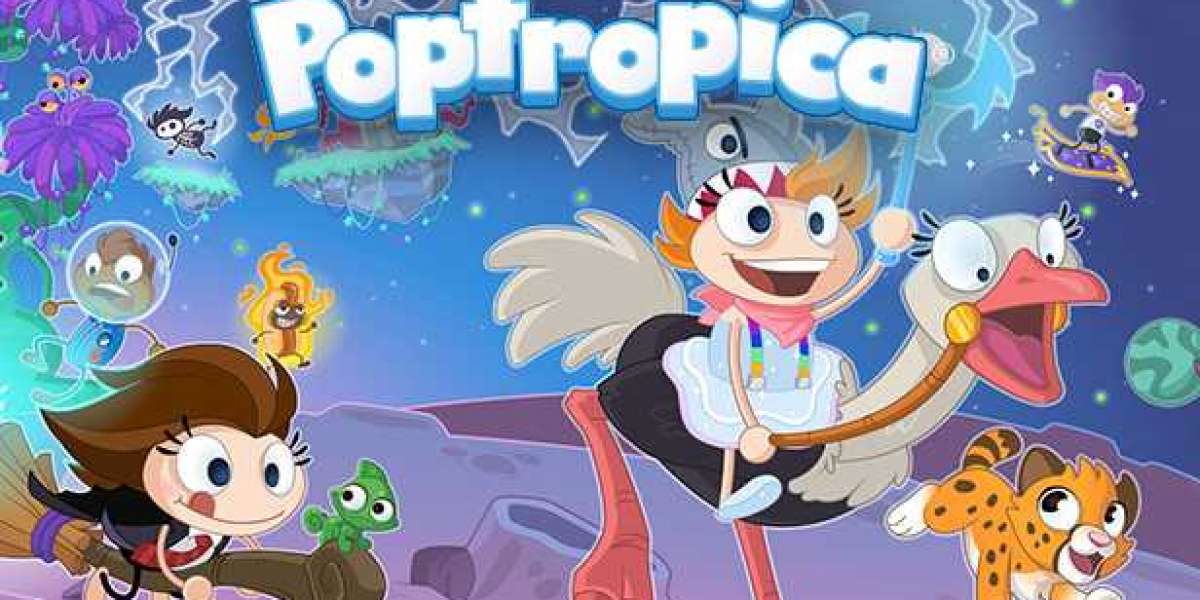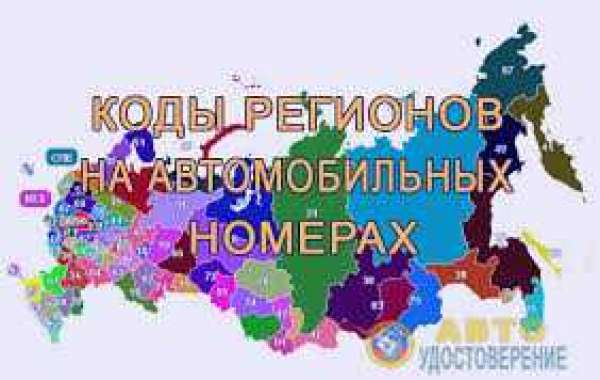Designed as an educational yet highly entertaining adventure, Poptropica combines puzzle-solving, exploration, and storytelling in a unique way. With millions of players worldwide, the game has been more than just a digital playground—it has been a platform that sparks creativity, problem-solving skills, and global friendships.
This article provides a comprehensive look at Poptropica, exploring its history, gameplay mechanics, island adventures, cultural impact, and its lasting relevance in the ever-changing landscape of online games.
The Origins of Poptropica
The idea behind Poptropica came from Jeff Kinney, who wanted to create a safe and fun online environment where kids could engage in adventures. Developed by Family Education Network (part of Pearson Education at the time), Poptropica was designed to blend education with entertainment, giving players challenges that encouraged reading comprehension, logical thinking, and critical reasoning.
When the game launched in 2007, it immediately stood out among other children’s websites such as Club Penguin, Neopets, and Webkinz. Unlike other virtual worlds that focused heavily on socializing or pet care, Poptropica emphasized exploration and storytelling. Each island in the game featured a unique plot, characters, and puzzles that players needed to solve.
Gameplay Overview
At its core, Poptropica is a point-and-click adventure game. Players create customizable avatars known as “Poptropicans” and then embark on journeys across different islands. Each island has its own theme, challenges, and storyline, ranging from historical mysteries to futuristic quests.
Key Features of Gameplay
Avatar Customization
Players begin by designing their own Poptropican with various hairstyles, outfits, and colors. The customization options are simple but charming, allowing kids to express their creativity.Island Exploration
The heart of the game lies in its islands. Each island has a unique narrative—some are inspired by history (like Time Tangled Island), while others take players to fantasy settings (like Mythology Island).Quests and Puzzles
To complete an island, players must solve puzzles, interact with non-playable characters (NPCs), and overcome challenges. The quests often involve problem-solving and critical thinking, making the experience both educational and entertaining.Mini-Games and Multiplayer Features
While the primary focus is on island adventures, Poptropica also includes multiplayer rooms where players can chat safely using pre-set phrases, play mini-games like “Pathfinder” or “Sky Dive,” and compete for high scores.
Islands of Adventure
One of Poptropica’s strongest features is its wide variety of islands. Each island presents players with a story-driven adventure that takes about 30–60 minutes to complete. Some of the most popular islands include:
Time Tangled Island – Players travel through different eras of history to fix the timeline. This island introduces children to historical events and figures.
Mythology Island – A fan favorite where players explore Greek mythology, face Medusa, and meet gods like Zeus and Athena.
Spy Island – A secret-agent-themed adventure where players uncover an international conspiracy.
Super Power Island – Players gain superpowers and battle escaped villains.
Skullduggery Island – A pirate-themed island where players build ships, trade goods, and eventually face the fearsome pirate Captain Crawfish.
Reality TV Island – Inspired by reality competition shows, this island challenges players with mini-games in a Survivor-like setting.
The diversity of themes keeps the game fresh and engaging, ensuring that players always have something new to explore.
Educational Value of Poptropica
Although Poptropica is primarily a game, it also provides significant educational benefits. Teachers and parents have long praised the game for its ability to promote learning through play.
Reading and Comprehension – Players must carefully read dialogue and instructions to understand the storyline and solve puzzles.
Problem-Solving – Each island requires logical thinking, sequencing, and strategy.
Cultural and Historical Awareness – Many islands are based on real history, myths, or cultural references, giving children an indirect introduction to various subjects.
Creativity – The open-ended nature of avatar customization and storytelling encourages players to use their imagination.
In fact, Poptropica was once included in many schools’ recommended educational websites because of its ability to merge fun with meaningful learning experiences.
The Evolution of Poptropica
Over the years, Poptropica has gone through several transformations. Initially built using Adobe Flash, the game faced challenges when Flash was discontinued in 2020. To adapt, the developers transitioned to Poptropica Worlds, a new version built with modern technology. While not all of the classic islands were immediately available, the new platform allowed the game to survive and remain accessible.
Additionally, Poptropica expanded beyond the online game. The brand released:
Poptropica Books – A series of graphic novels published by Abrams Books, expanding the game’s universe with new adventures.
Mobile Apps – Versions of Poptropica were released for iOS and Android, allowing kids to play on the go.
Merchandise and Comics – Poptropica appeared in magazines, and some official merchandise was made available.
Despite competition from modern games like Roblox and Minecraft, Poptropica has managed to maintain a loyal fanbase thanks to its nostalgic value and unique storytelling.
The Cultural Impact of Poptropica
Poptropica holds a special place in the hearts of many who grew up playing it. For children of the late 2000s and early 2010s, the game was more than just entertainment—it was a shared experience. Online forums, fan communities, and YouTube walkthroughs flourished as kids discussed strategies and shared their favorite island adventures.
Moreover, the game stood out for its safe online environment. At a time when many parents were concerned about internet safety, Poptropica’s limited chat options and strict moderation reassured families that their children could play without risk.
Poptropica in the Modern Era
Today, Poptropica continues to exist, though its popularity has shifted. While it may no longer dominate children’s online gaming the way it once did, it still serves as a nostalgic trip for older fans and a fun discovery for new players. The transition from Flash to HTML5 allowed many of the classic islands to be preserved, ensuring that the legacy of the game lives on.
The community also plays a huge role in keeping the game alive. Fan websites, blogs, and social media groups continue to celebrate the game, offering tips, news, and even fan-made expansions.
Why Poptropica Still Matters
Even in 2025, Poptropica’s charm remains undeniable. Here’s why it continues to matter:
Unique Storytelling – Few games for children have combined narrative depth with interactive gameplay as effectively as Poptropica.
Nostalgia Factor – For millennials and Gen Z players, Poptropica is a reminder of childhood and early internet culture.
Safe Environment – In a digital world where safety is often a concern, Poptropica’s kid-friendly structure remains a model.
Educational Value – The puzzles and quests still provide learning opportunities disguised as fun.
Conclusion
Poptropica is more than just a game; it’s a digital world that has influenced millions of children worldwide. From its creative islands and problem-solving adventures to its role as a safe online community, Poptropica has carved out a legacy in the history of online gaming.
Although newer platforms have emerged, the charm of Poptropica endures. For those who grew up playing it, the game represents a nostalgic journey back to childhood. For new players, it offers a chance to explore an imaginative world filled with exciting quests and lessons.








